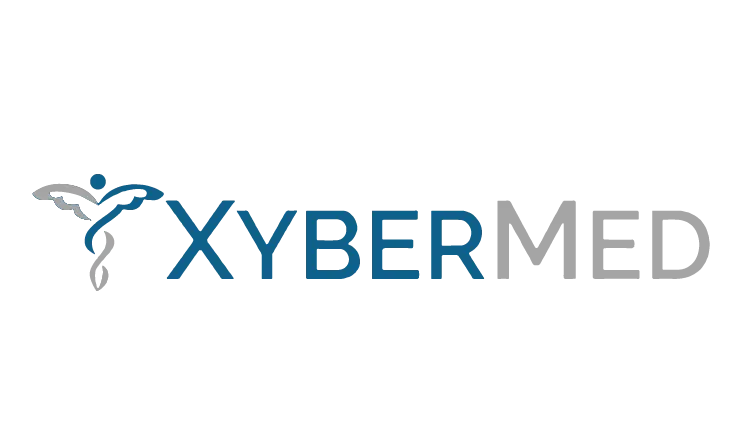Our Blog

What do you meant by Service Medical Billing?
What do you meant by Service Medical Billing
A payment method for utilized in the US healthcare system is service medical billing. The process comprises systematically submitting and processing medical claims in order to get paid. Following the delivery of services, the medical practitioner maintains a thorough record of the patient's visit, including recommendations for protocols, procedures, and opinions. Medical coding is the process of transforming this data into standardized coding utilizing the relevant coding system, such as ICD-10-CM or Current Procedural language coding.
Along with the case's insurance and demographic data, these encrypted records are sent via medical billing to the payer or the health insurance provider. Whether they are for-profit businesses or government-sponsored initiatives, the majority of insurance companies follow a similar procedure. After reviewing the claim, the insurance provider certifies the eligibility for the content and the medical necessity based on the case's insurance plan.Nevertheless, if the claim is accepted, the insurance company handles the payment, either straight to the medical professional or as a payment toward the lawsuit. It can be necessary for the healthcare provider to investigate and challenge claims.
History
Service Medical billing was almost exclusively done on paper for a number of decades. However, the introduction of health information systems, or medical practice operating software, has made it feasible to effectively handle massive amounts of claims. Many software companies have emerged to provide this particularly financially disadvantaged member of the society with service medical billing software. Additionally, a number of businesses provide complete portal results via their web interfaces, which eliminates the need for separately certified software programs.
Technical training is now required for a number of facets of medical billing and medical office operations due to the constantly shifting policies of U.S. health insurance carriers. The workforce in medical offices can acquire skills through vibrant schools that offer a range of technical education and, in certain situations, grant an instrument accreditation to indicate professional standing.
Medical Service Billing process
A payer is involved in medical billing; this payer may be the insurance company or the patient. For the medical services provided to cases, billing checks are generated. The entire process is called the billing cycle, and it is sometimes referred to as the profit cycle operation (RCM). This entails gathering the profits from a clinic and begins with the creation of the RCM work model. Before a resolution (explanation requested) is obtained, this can take several days to many months to complete and include multiple relations.
Healthcare providers have contracts with insurance companies to offer healthcare services, and the connection between them and the insurance company is similar to that of a seller to a subcontractor. The transaction starts with an office visit, during which a medical billing specialist or a member of their staff will often create or update the case's medical record.
The procedural coding and opinion are assigned when the medical billing specialist reviews the case. The insurance company uses these criteria to assess the services' substance and medical need. Upon determining the procedure and opinion coding, the medical biller will forward the claim to the payer, or insurance company. Typically, this is completed electronically by utilizing Electronic Data Interchange to send the claim train to the payer directly or through a clearinghouse, formatted as an ANSI 837 train. In the past, claims for professional (non-hospital) services were made to the Centers for Medicare and Medicaid Services using paper forms. Certain medical claims are sent to payers on paper forms that are also manually or automatically recognized by OCR software entered.
Claims are processed by the insurance company (payer), usually through the use of medical claims adjusters or observers. The insurance company assigns medical directors to examine larger claims and determine if they meet the requirements for payment by applying procedures (rubrics) for case eligibility, provider credentials, and medical necessity. A portion of the billable services are reimbursed for approved claims. The insurance company and the healthcare provider pre-negotiate these fees. Rejected or refused claims lead to the notice being forwarded to the supplier. The majority of the time, claims that are rejected or refused are sent back to providers as an electronic remittance advice or an explanation of benefits (EOB). A set of application operation procedures (explanation required) is used to assess the case's benefit content for the provided medical services.
If a claim is rejected, the provider still compares the returned claim to the original, makes the required corrections, and resubmits the claim. Until a claim is fully fulfilled or the provider gives in and accepts a partial payment, this back and forth of claims and denials may occur more than once.
A "rejected" claim is not the same as a "denied" claim, even though both terms are typically exchanged.
l A "denied claim" is a reopened claim that the insurance company has flagged as not outstanding. Generally speaking, a rejected claim may be amended or appealed for review. The ensured must be informed by the insurers of their decision to reject the claim as well as their right to contest the insurers' assessment.
l A "rejected claim" is one that the insurance has not reopened because of a critical mistake in the data provided. Typical reasons include:
| Inaccurate specific information (name and ID number not matching, for example)
|Crimes involving the information provided (such as faulty opinion coding and laws requiring shortened procedures)
A denied claim cannot be appealed since it hasn't been utilized again. Instead, it is necessary to investigate, revise, and resubmit rejected claims.

Outsource medical billing service to XyberMed. Boost your practice with affordable, expert billing! Get started today and see the results.
Address:
755 Waverly Ave, Suite 100A Holtsville, NY 11742-1125 USA
